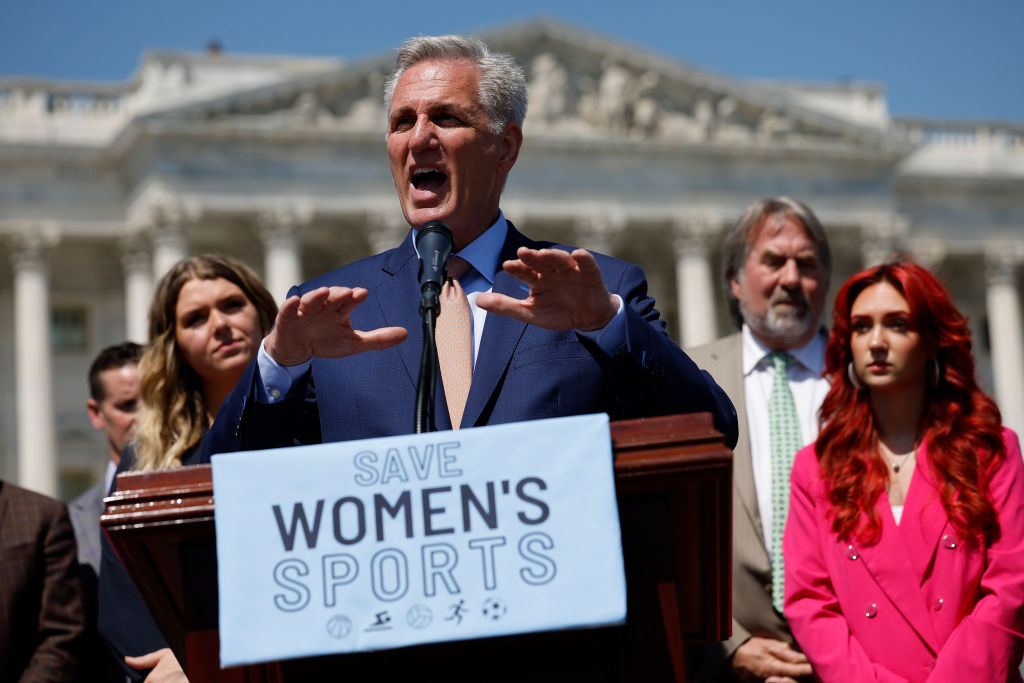Is It Legal to Drive With Snow on Your Car Roof?
Your street-parked car is covered with six inches of last night’s snow and you’re running late for work.
It will take at least five minutes to properly clear your car of snow and ice, so you decide to cut corners and clear off just enough to see through the windows. The roof? Pfft. That snow is not in the way.
If you made that decision, it’s a bad one — even if it reduces the likelihood of an icy stare from your boss. That snow can slide or blow backward or forward, obstructing your view. It can fly off and endanger others.
And in some states, it can land you a ticket — even if it doesn’t move.
States With Strong Laws
At least five states have laws that specifically require motorists to remove snow from the roof and the hood as well as the windows or run the risk of a fine.
Pennsylvania is the most recent state to require snowless car roofs. In 2022, the legislature passed “Christine’s Law” to commemorate Christine Lambert, who died after her car was struck by a sheet of ice that flew off a truck. That law is similar to New Hampshire’s “Jessica’s Law,” named after Jessica Smith, who was killed when a sheet of ice from a tractor-trailer struck another vehicle that hit her car.
Connecticut, New Jersey, and Rhode Island also require drivers to take reasonable steps to remove snow from the entire vehicle, including the roof, or risk a fine.
Other States Still Say It’s Risky
But that is not to say you are legally scot-free to ignore rooftop snow in other states. That is because other states just look at it a bit differently.
Some states simply warn drivers that they’re running a legal risk by not sweeping off their entire vehicle. Fines could result if snow or ice on vehicles contributes to an accident.
Some states merely consider snow and ice as things that are already covered by their laws that require clear vision for drivers. Surprisingly, for instance, snowy Minnesota doesn’t have a snow-removal law for vehicles; the law only states that drivers must be able to see clearly through the windshield and side windows.
Also, many states prohibit you from placing snow in roadways by any means, which means snow and ice chunks falling off of your car. There are also laws regulating “unsecured loads” on vehicles — and ice or snow can be considered an unsecured load.
It may be wise to check the laws in your state about snow removal from vehicles. But no matter what the law is, it’s always best to play it safe and remove as much snow and ice as possible before you motor away. You’ll be safer, and so will everyone else.
Related Resources:
You Don’t Have To Solve This on Your Own – Get a Lawyer’s Help
Meeting with a lawyer can help you understand your options and how to best protect your rights. Visit our attorney directory to find a lawyer near you who can help.






